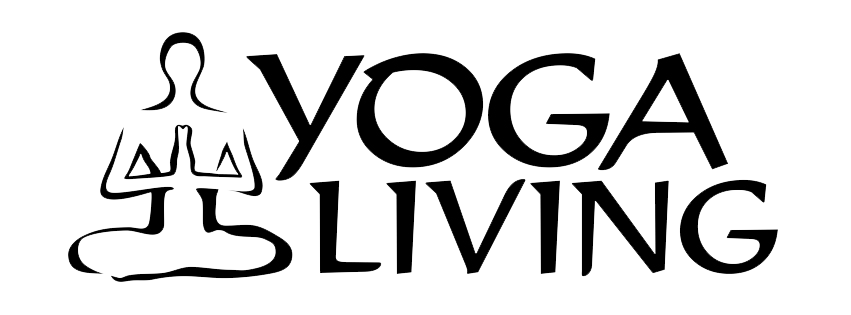Have you been sore after your yoga practice?
This could actually be a good thing!
Have you noticed the morning after a yoga practice that you are sore or a little stiff? This is more common than one might think, and not necessarily “bad.”
Soreness can happen after a re-entry into your yoga practice after some time away, and it can arise in a regular practitioner if they are trying different postures outside of their normal practice. Some yoga poses just stretch our muscles in unfamiliar ways. One of the reasons I love my yoga practice is that it accesses and stretches muscles that I’m not using in my everyday life.
According to a recent article in the Yoga Journal, soreness after yoga is called Delayed Onset Muscle Soreness (DOMS), which usually occurs 12–48 hours after exercising. “The level of soreness you might feel depends on what style you’re practicing, how intensely, and how frequently—as well as your individual body type.” Even experienced yogis might still feel sore from time to time. Disclaimer- Pain and swelling is different from muscle soreness and could signal a greater problem.
“Yoga is filled with eccentric contractions that cause microscopic injuries to the muscle and fascial tissues,” says Erica Yeary, MPH, RYT, an exercise physiologist and a Yoga Medicine registered therapeutic specialist. “Our bodies produce an inflammatory response to these micro-tears and this causes muscle soreness. Once your muscles recover, you’ll experience muscle growth and improved performance,” Ultimately, this makes us stronger.
Some things I’ve found helpful when I’ve experienced soreness after yoga practice:
1. Hydrate! Drink plenty of water. Personally, I have found that water works best, not sports drinks, soda, or a visit to my favorite coffee shop.
2. Get back on your yoga mat. I have found that chasing yoga soreness with more yoga has lessened the soreness and/or expedited the recovery process. Often revisiting some of the same poses that might have caused the initial soreness has helped. If it is too intense, I recommend holding them for a shorter amount of time or not to get as deep into the pose. This can actually help relax muscle spasms and allow muscles, connective tissue, and joints to find greater range of motion. Becoming inactive and avoiding further exercise is likely to leave you in even more discomfort the next time you practice. Eventually, those same yoga poses will no longer cause soreness if done regularly.
3. Use a Foam Roller. Foam rolling can reduce tenderness, though at first it might feel uncomfortable. Take it slow and be gentle.
4. Eat! Eat nutritious meals, enjoy healthy snacks and avoid fast food, soft drinks, foods high in sodium and/or sugar. Basically, eliminate the junk. It is recommended to eat protein after a yoga class or workout. It helps repair and build muscle.
5. Enjoy a hot bath, a steam shower, or soak in a spa/hot tub.
6. Sleep. We need to power down to allow for the parasympathetic nervous system to do its job. Get a good night’s rest!
7. On the rare occasion that there is inflammation of a joint with soreness, I use an ice pack on the site for up to 20 minutes. However, ice does not generally help sore muscles, but does aid in reducing inflammation.
8. Try some gentle stretching specific to the area affected. For example, sore quadriceps from several chairs, then follow up the next couple days with gentle quadricep stretches.
